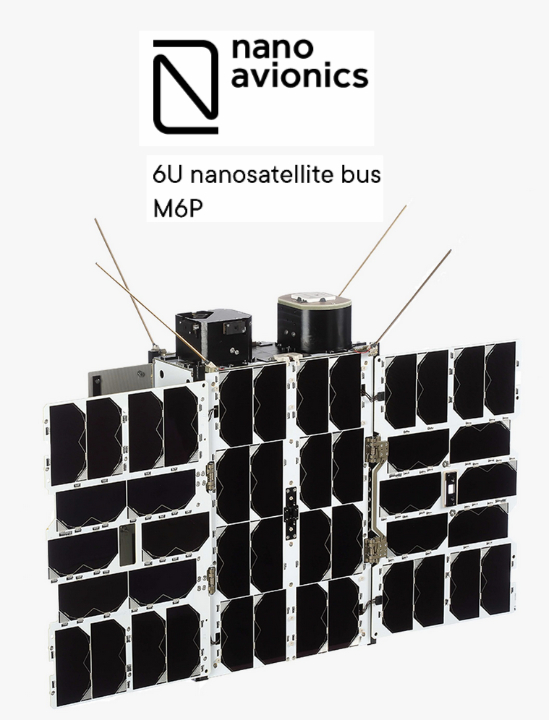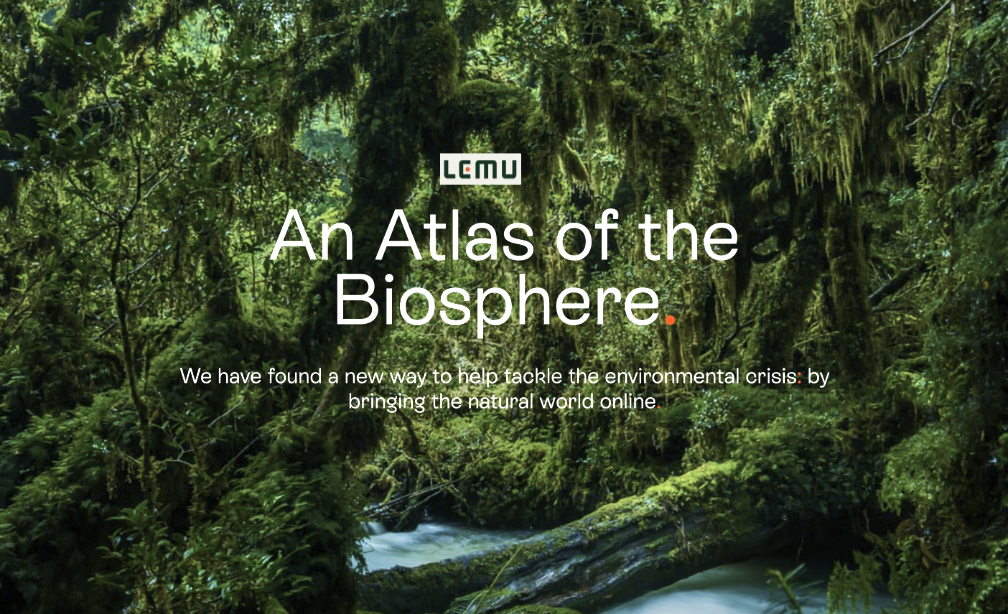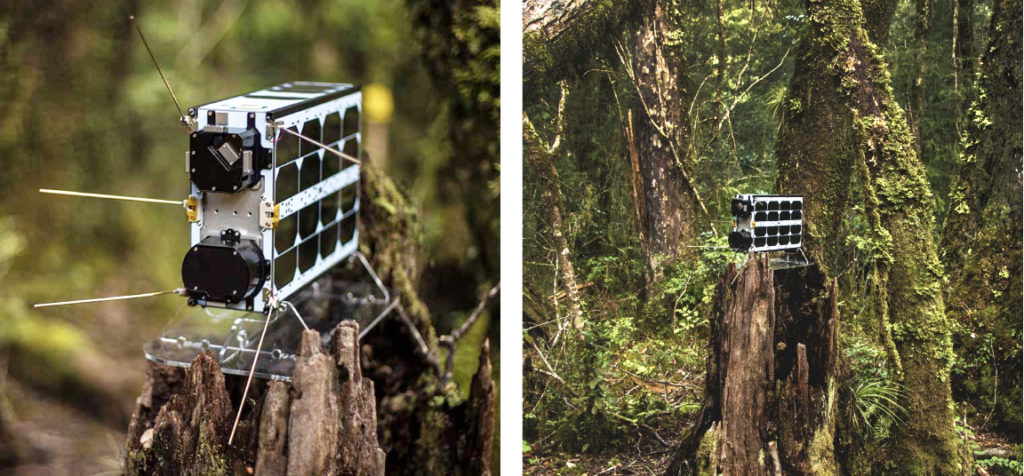
NanoAvionics recently received a contract for a biodiversity observation satellite mission from Lemu, a startup building an atlas of Earth’s biosphere to make conservation the best investment possible.

Essential to the biosphere atlas is “Lemu Nge” (Forest Eye in the Mapudungun language), Chile’s first private satellite, which is designed to observe all 51 billion hectares of Earth’s surface biodiversity. Built by NanoAvionics in Lithuania, the 6U smallsat will collect hyperspectral imaging data that will help Lemu to identify, measure and track the value that each ecosystem generates each and every day.
Lemu Nge will start with measuring and tracking the value of the world’s forests, which cover about four billion hectares, or 31 percent of the Earth’s land surface. Flying in SSO, with revisit rates from one to seven days for the same region, the smallsat will provide geospatial images for Lemu’s biosphere atlas. Once the mission is completed, an onboard propulsion system, using a liquid metal ion thruster, is designed to allow the smallsat to safely deorbit, leaving no space debris behind. The launch of Lemu Nge is planned to be aboard a SpaceX Falcon 9 in 2023.

From the obtained geospatial data, supported by satellites from NASA and ESA as well as ethical-AI, Lemu is able to analyze, measure and evaluate information about ecosystems, starting with the world’s forests. Lemu then assigns a value for each ecosystem, a Lemu Index.
The analyzed results will be critical in helping Lemu as it seeks to reduce deforestation and degradation of ecosystems. It will also aim to increase the success of reforestation and restoration efforts, improving Lemu’s ability to precisely measure carbon sequestration and other nature-based solutions. The biodiversity atlas will be open to anyone who wants to participate and contribute, including other organizations and people in the nature conservation community worldwide.
The key instrument of Lemu Nge satellite is a high-resolution, hyperspectral camera supplied by Simera from South Africa. Supported by the Lemu’s artificial vision, it allows to segment land cover and vegetation biodiversity in unusual detail, more than 20x the current resolution. The camera is capable of measuring 32 spectral bands with wavelengths between 450 to 900 nanometers (the human eye sees wavelengths from 400 nm to 700 nm). Its ground sampling distance (GSD), the distance between pixel centers measured on the ground, has a resolution of 4.75 meters. The satellite is expected to complete one orbit around the Earth every 90 minutes, resulting in 14 orbits each day.
Leo Prieto, founder and CEO of Lemu, said, “To revert the global environmental crises we need to increase and succeed with conservation efforts across the world. Through Lemu, we are using the most advanced technologies available to demonstrate that conservation and ecosystem restoration are the best investment possible — and not a philanthropic effort. Each cent invested in conservation generates a considerable return on investment from the nature-based solutions that are produced, and today we have the tools to measure and visibilize that. Deep ecology requires deep technology, that is why this mission is a critical piece of our ‘Space to Soil’ strategy allowing us to accelerate the generation of information that will take us from degradation to restoration.”
Sangeetha Narayan, co-founder and chief product officer of Lemu, said, “Using a small satellite like NanoAvionics for our biodiversity atlas is the only efficient way to measure the entire surface of Earth. Of course, we value immensely the data provided by NASA and ESA’s satellites, and we don’t expect Lemu Nge to replace the variety and volume of geospatial data sources we are using today. It was clear from the beginning though that in order to accelerate the development of our artificial vision models for Earth observation, we needed to have our own sensor in orbit. To minimize the energy and emissions needed to get it into orbit, it had to be quite small. At the same time, it had to be more powerful than what was currently at our disposal, with enough flexibility for experimentation in the future. The nanosatellites by NanoAvionics fit those specs perfectly and with a price tag that suits our budget. They provide everything, mission infrastructure, hardware, logistics and operations, to deliver the data we need on a plate."
Vytenis J. Buzas, CEO NanoAvionics, said, “The effects of climate change affect us all and we need to make every effort to turn things for the better. I’m very proud that NanoAvionics supports, and with our small satellite technology, enables Lemu’s efforts to improve humanity’s understanding of our biodiversity, allowing research organisations, companies and individuals to develop new solutions to counter the effects of deforestation and restore ecosystems. As a leading nanosatellite provider partner with extensive experience in integrating remote sensing payloads, NanoAvionics is the ideal go-to mission partner for organizations like Lemu, wanting to obtain relevant data sets from Earth observation.”
